Blockchain is gaining a lot of traction in the entire world pretty quickly. It is being used in a wide number of industries, with great impact on the financial services industry in specific.
The major potential that blockchain carries in the world of financial services includes increased transparency of the ledger, improvement in efficiency, and a reduction in costs.
It is quite complicated to apply blockchains within the context of every firm. Despite the enthusiasm of corporate companies all over the globe, blockchain technology still remains relatively infant. As of now, many companies are unaware of what they really require and whether blockchain will be able to solve that problem, or would it result in further unwanted complications.
What are the distributed infrastructure and distributed ledger technology?
Blockchain is most popularly known for the distributed ledger technology. This technology makes it easy to share a ledger, which includes tokens that are assigned a value or some other arbitrary data. This is shared between many different parties.
By using a distributed ledger, many functions that central third parties perform can be taken over. This is the most relevant aspect of a blockchain that is used in financial services.
Distributed ledger technology can be enhanced even further by the use of smart contracts. Smart contracts can be defined as computer programs that behave based on predefined logic. After the creation, smart contracts tend to operate without any external feed. That is, they are autonomous in nature. Hence, smart contracts are considered to be highly capable of replacing traditional legal contracts. This means that we can make use of smart contracts in the real world, as a result of which the clauses will automatically be enforced in case the conditions of a contract are met.
Hence, distributed ledgers that are paired up with smart contracts can be used in a wide number of distributed environments that would otherwise need a centralized infrastructure. Distributed ledgers, in this case, will be capable of carrying out a wide number of trusted operations of the database.
What is the spectrum of decentralization?
The spectrum of decentralization includes three major positions that are Centralization, Hybrid, and full Decentralization.
Centralization is a reflection of the current status quo in which the entire infrastructure is ruled by a single one party. This central party validates the data transactions and perform transactions all alone, with full authority. One big advantage of this system is that it is often very cost-effective. This is because no mechanism for consensus is required.
Hybrid infrastructure is the one that exists between the fully decentralized and centralized infrastructure. In this type of a stricture, trusted peers control the ledger that is distributed among them. These parties carry the rights of updating the ledger and to validate new transactions.
Fully decentralized infrastructure is public. This means that anyone can access the ledger, and the history of transactions, validate transactions and create new transactions. This takes the control away from any single party/authority, resulting in greater security and virtually no risks of fraud/tampering.

